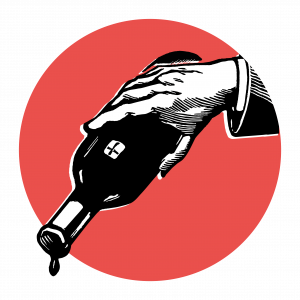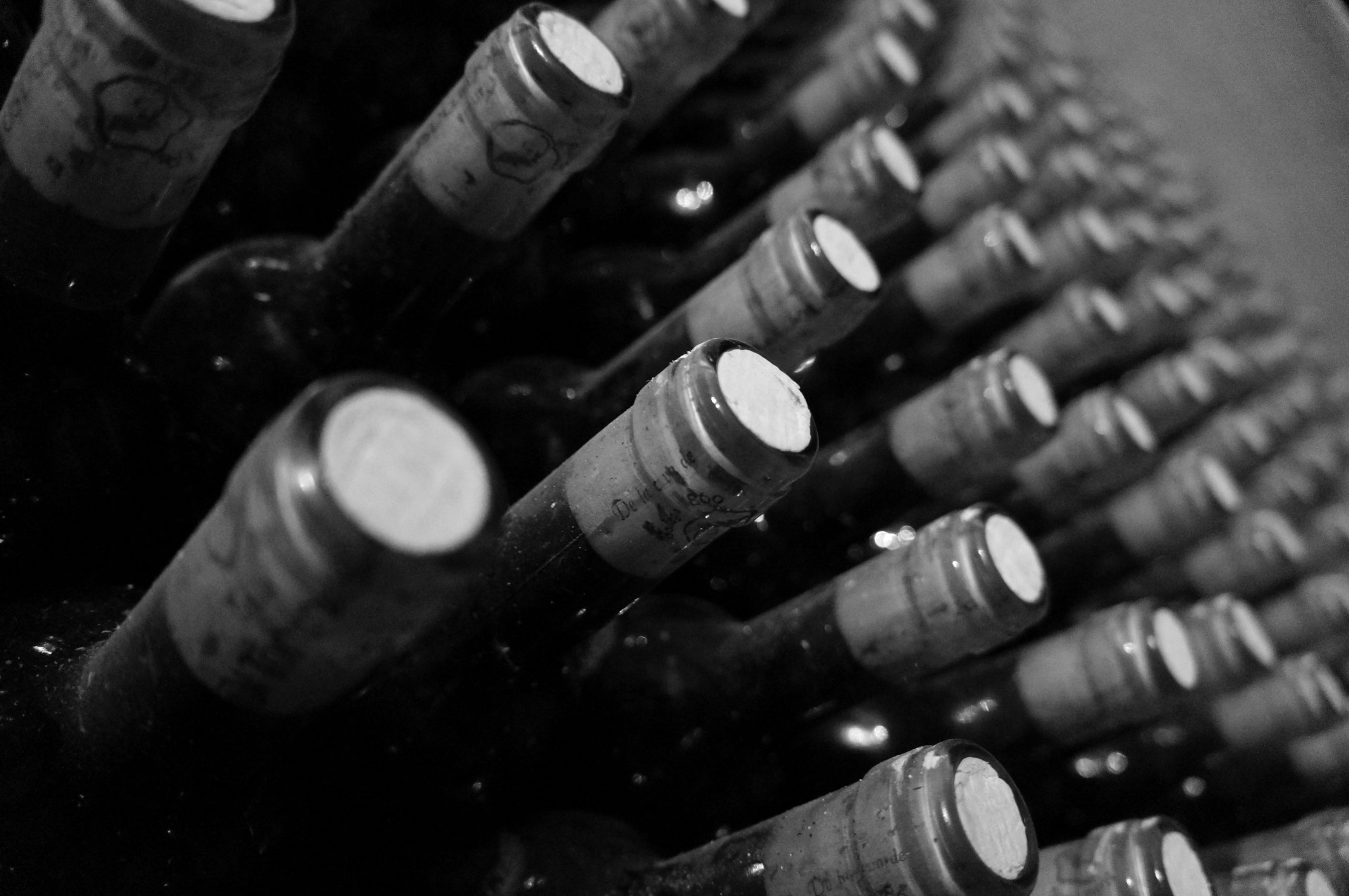If the title looks vaguely familiar…well, yes, it is indeed exactly the same ‘headline’ as the last article, where we set the scene for the launch of the latest vintage from our friends in the Gironde. One had been prepared to unleash various clichés, gems such as “2017 Bordeaux, the votes are in”, or “2017 Claret, the scores on the doors”. However, since the UK trade has just experienced one of the quietest, least successful, ‘primeur’ sales campaigns of recent years, it means that a title re-cycle now suits rather well. The verdict could not be clearer.
So, what happened, how did it all play out? When merchants returned to their desks in late April, the mood was buoyant. The 2017s had shown excellently: not quite as good a year as the preceding 2016 and 2015, but very much on a par with the much under-rated 2014s, probably a notch higher. Sure, there were vineyards that had been affected by frost, some severely (Château d’Angludet in Margaux will not produce a ’17, and over in Saint-Emilion, Château Figeac’s crop was down 55%); but there were plenty of properties that escaped that blow, and the results were subtle, elegant and sophisticated. Words such as ‘poise’ and ‘breed’ peppered the tasting-notes of the finest examples. They were charm personified.
Surprisingly, it appeared that the châteaux-owners were not just on this very same page, their paragraphs read in similar fashion (and not even a mention of that old chestnut, ‘vintage of the century’!). They all agreed that the quality matched/exceeded that of ’14, and should therefore be marketed as such. The wines’ beguiling and seductive characters were obviously going to give enormous pleasure, while the relatively early accessibility (soft, supple tannins) offered a further appealing option: we live in a modern world where patience is sometimes in short supply (the 1975s would struggle in this climate, we’re still waiting for some of them to lose their ‘grip’, and come round after 40 years…one lives in hope).
But then came the prices…and the wheels got somewhat stuck in the mud. Initial opening offers had been encouraging, albeit not quite matching hopes and expectations: two excellent wines from the commune of Saint-Julien, Langoa Barton and Branaire-Ducru, both reduced their price 15% from their 2016 pitch. A bit more would have been nice. However, if we take Branaire, it’s moving swiftly through the gears at the moment, there’s outstanding wine-making on show. As it’s headed firmly towards a spot at top table, £35 per bottle was not an unreasonable shout, a very fair crack for tip-top quality.
Yet at this juncture, the brakes were hit, nay slammed, and reminiscent of a teenager in the driving seat of a Lamborghini, the ‘primeur’ motor started to skid off the road. Dependable Batailley: down only 11%, solid Cantemerle the same. Not bad, but nothing to inspire. The bunting remained unfurled. Worse was to follow: a measly 3% at Monbousquet in Saint-Emilion. One of Pomerol’s top estates, L’Evangile: same price as its 2016. Pauillac’s Clerc Milon followed suit (with its sister property, d’Armailhac, at another, meagre, 3% drop).
The market was rapidly evaporating. Château Clinet and Domaine de Chevalier, despite slicing by 20%, failed to stop the rot. A reduction of 22% from Lynch-Bages, a consistent world-wide favourite, offered a chink of light. But by now, it was almost too late, ‘17’s flush was looking rather busted. Saint-Julien’s Gruaud Larose decided that a 2% discount on their ’16 was appropriate, while neighbouring Ducru-Beaucaillou thought the same number as their (superior) 2015 fitted the bill (of course, this did make those early birds of Langoa and Branaire look proper value). Sticking with the car analogy, tyres were now deeply deflated.
There really wasn’t very much to compel, customer interest close to non-existent! The fact was that previous, physical vintages were available cheaper (and some of these, it should be noted, from better years): no need to employ rocket science to reach that conclusion. Fan of Pontet-Canet? Why not buy the 2005? Pavie your preferred drop? Pick up some 2009. Keen on Calon-Ségur? Ah, good, now we’re talking – worth booking up the classy 2017, it’s spot-on. £60 a bottle, granted, but that’s Calon’s minimum. A rare moment of sense.
A disconnect had emerged between April’s words and May/June’s deeds, with the majority of châteaux just seemingly unconcerned at casting the drinker/investor/collector temporarily adrift. A wise move? Surely better to keep people interested, that word ‘engaged’? Furthermore, maybe re-connect with customers who might have dropped out of the market (“I’m not buying 2016s, too expensive”)? That template worked well for the 2001 vintage, after the premium 2000s, and again in 2006, after the punchy 2005s.
There’s no doubt that Bordeaux still remains at the vinous summit. The ‘brand’ is strong. But wouldn’t it be a tad foolish if that inherent confidence started to turn to arrogance? Important to remember that there’s a lot of wine out there.








